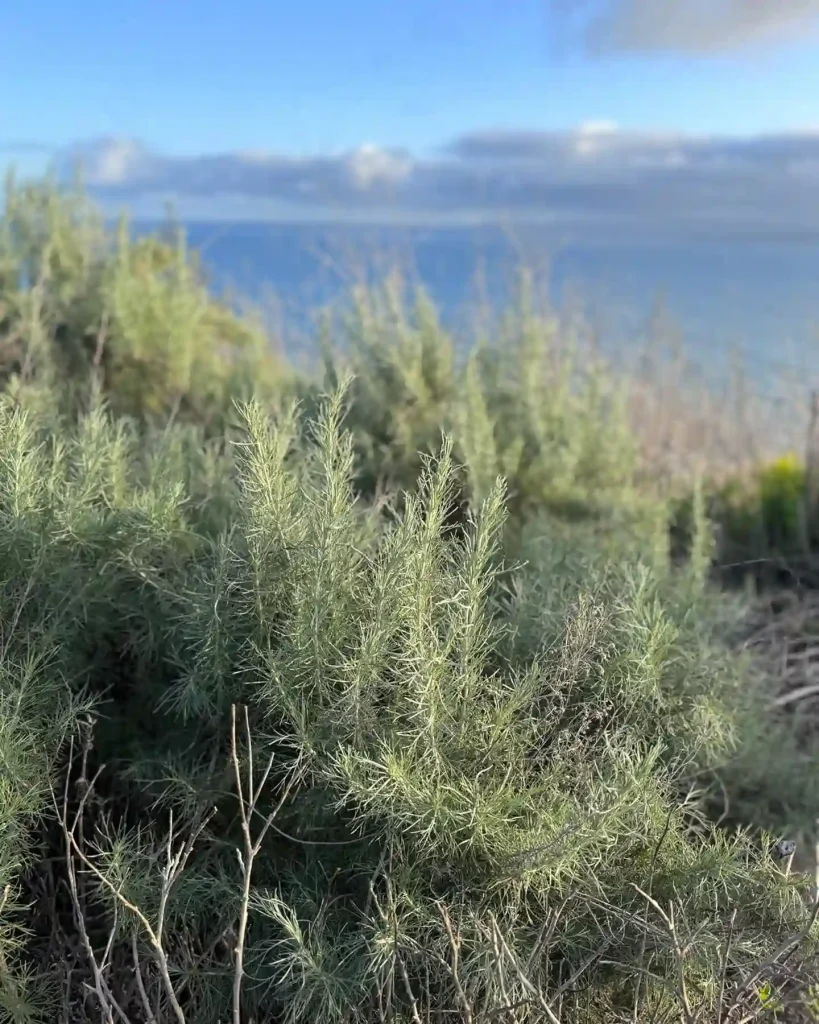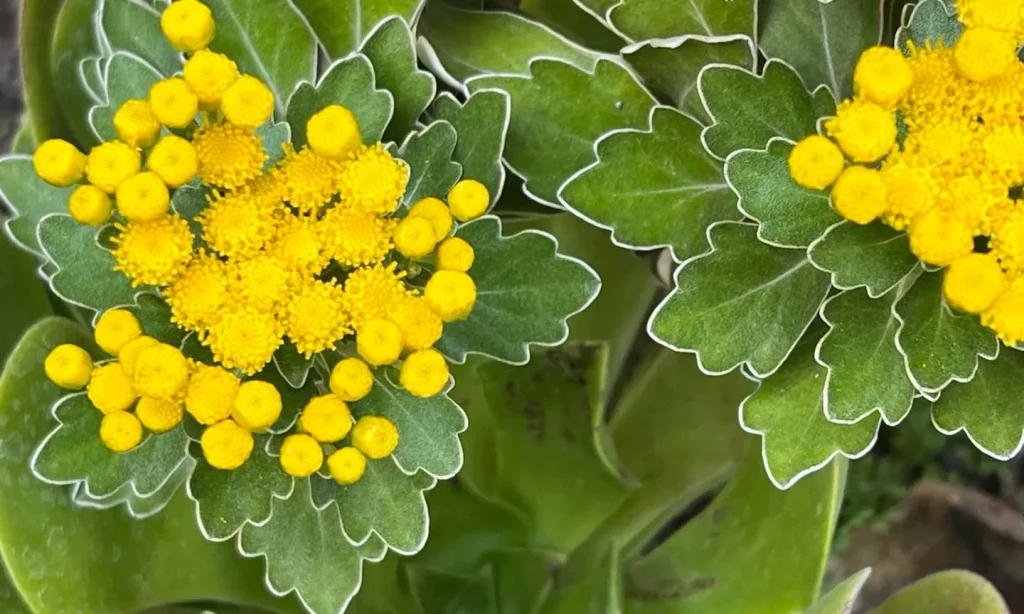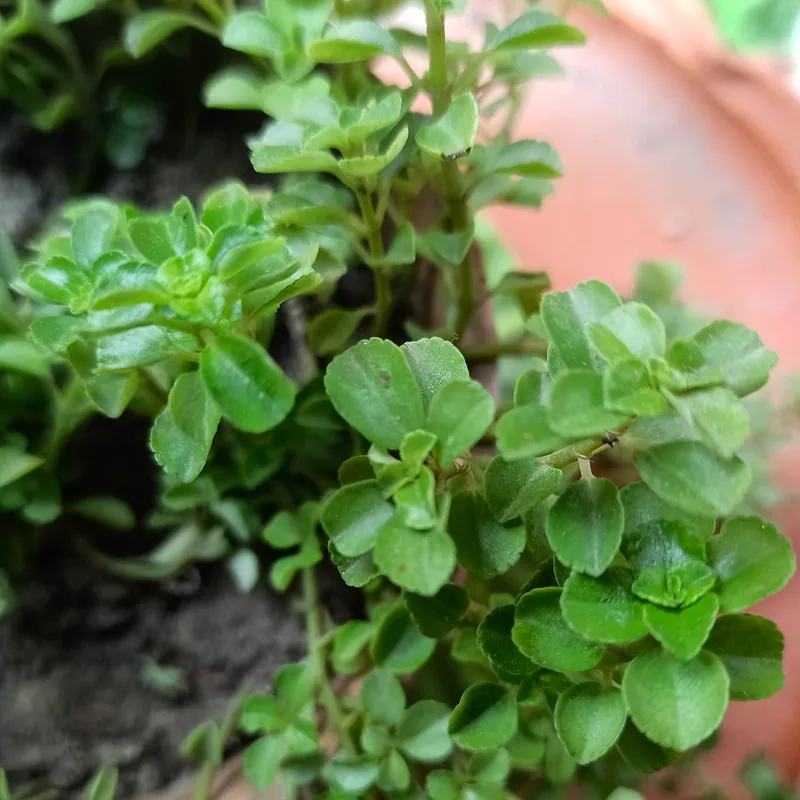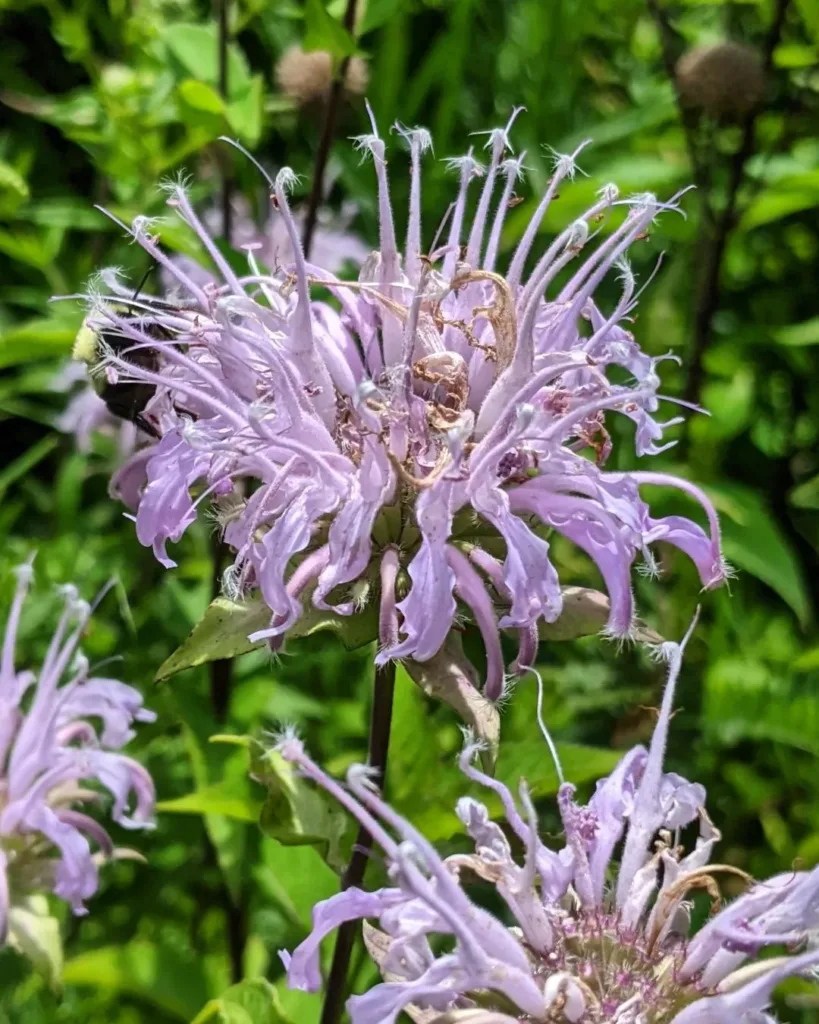Understanding the Dirachmaceae Family
When I first came across the Dirachmaceae family, I was captivated by its unique botanical presence. This family, though not widely known, consists of only one genus: Dirachma. It’s rare and intriguing, especially for those of us who love diving into the depths of plant taxonomy and discovering species that are not commonly discussed.
Dirachma: A Genus Like No Other
The genus Dirachma consists of two species: Dirachma socotrana and Dirachma somalensis. These plants are native to the dry, arid regions of Socotra Island in Yemen and the northeastern parts of Somalia. What makes this genus fascinating is its isolated evolutionary path. It has no close relatives and occupies a unique position in the plant world, almost like a living fossil in terms of its lineage.
The Anatomy of Dirachma Plants
Dirachma plants are woody shrubs, generally reaching heights of about 1.5 meters. The leaves are small, roundish, and deeply lobed, creating a visually striking texture. They produce delicate white flowers with a charming papery texture, which eventually give way to capsule-like fruits. These fruits are covered in a network of veins that resemble a honeycomb pattern, adding to their ornamental appeal.
Adaptations to Harsh Environments
One of the reasons I find the Dirachma genus so interesting is its incredible adaptation to harsh, dry environments. These plants have evolved to thrive in conditions that would be inhospitable to many other species. They can withstand prolonged drought periods, and their small leaves help reduce water loss. The thick, woody stems store moisture, allowing the plant to survive even when water is scarce.
Conservation Concerns
Sadly, both Dirachma socotrana and Dirachma somalensis are considered rare and vulnerable due to habitat loss and environmental changes. Socotra Island, known for its unique flora and fauna, faces threats from overgrazing and infrastructure development. Dirachma socotrana, in particular, is limited to a very small range on the island, making it susceptible to extinction. It’s crucial for conservation efforts to focus on protecting these unique species and their habitats.
Botanical Rarity and Significance
For those of us who appreciate the botanical oddities of the plant kingdom, the Dirachma genus is a gem. It’s not just about the rarity but the evolutionary story it tells. The fact that it has survived in isolation, without close relatives, gives us insights into how plant species adapt and evolve over time. Its distinct morphological features and ecological niche make it a subject of interest for botanists and plant enthusiasts alike.
Cultivation and Challenges
Cultivating Dirachma species outside their native range is challenging due to their specific environmental needs. They require well-drained, rocky soils and a dry climate, which can be difficult to replicate in typical garden settings. However, for those adventurous enough to try, providing conditions similar to their natural habitat—such as using a sandy cactus mix and ensuring minimal water during cooler months—might yield some success.
The Allure of the Uncommon
What draws me to plants like Dirachma is their story of survival and resilience. In a world where so much is standardized and predictable, these rare species stand out. They challenge us to look beyond the familiar and appreciate the diversity of life. Dirachma is a testament to the power of adaptation and the beauty of nature’s less-traveled paths.
Final Thoughts on Dirachmaceae
Exploring the Dirachmaceae family has been a fascinating journey for me. While it’s a small family with only one genus, the complexity and uniqueness of Dirachma species are profound. They are a reminder that even in the most isolated and extreme environments, life finds a way to not just exist but to flourish in its own extraordinary fashion. For any plant lover or botanical enthusiast, getting to know the Dirachmaceae family offers a deeper appreciation for the incredible diversity and resilience of the plant kingdom.
If i die, water my plants!



